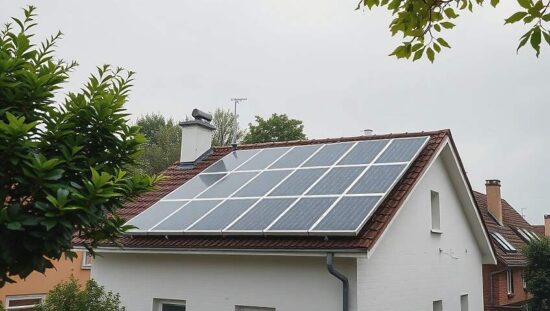The rate of residential solar panel installations in Germany has significantly slowed this year compared to previous periods. Data released by the Federal Network Agency, reported by “Der Spiegel”, indicates that new photovoltaic systems with a combined capacity of 647 megawatts were connected to the grid during the first half of the year. This represents a 55% decrease compared to the same timeframe last year, although finalized figures are pending confirmations for June. The analysis focuses on typical homeowner rooftop systems, generally ranging in power output from three to ten kilowatts (kW).
The boom in residential solar installations, spurred by the energy price crisis of 2022, appears to have subsided, according to the German Solar Craft Association (BDSH). A decline in electricity prices has contributed to a noticeable cooling of demand for solar panel systems. Furthermore, a new regulation implemented in February has eliminated compensation for excess electricity fed into the public grid during periods of surplus power generation.
Despite the altered landscape, residential solar installations can still offer financial benefits. Calculations from the Dresden-based provider Solarwatt demonstrate that a four-person household equipped with a 10 kW photovoltaic system and a battery storage solution could potentially cover approximately 80% of its annual electricity needs. Under current market prices, this could result in savings of around 1,400 euros annually in electricity costs.





